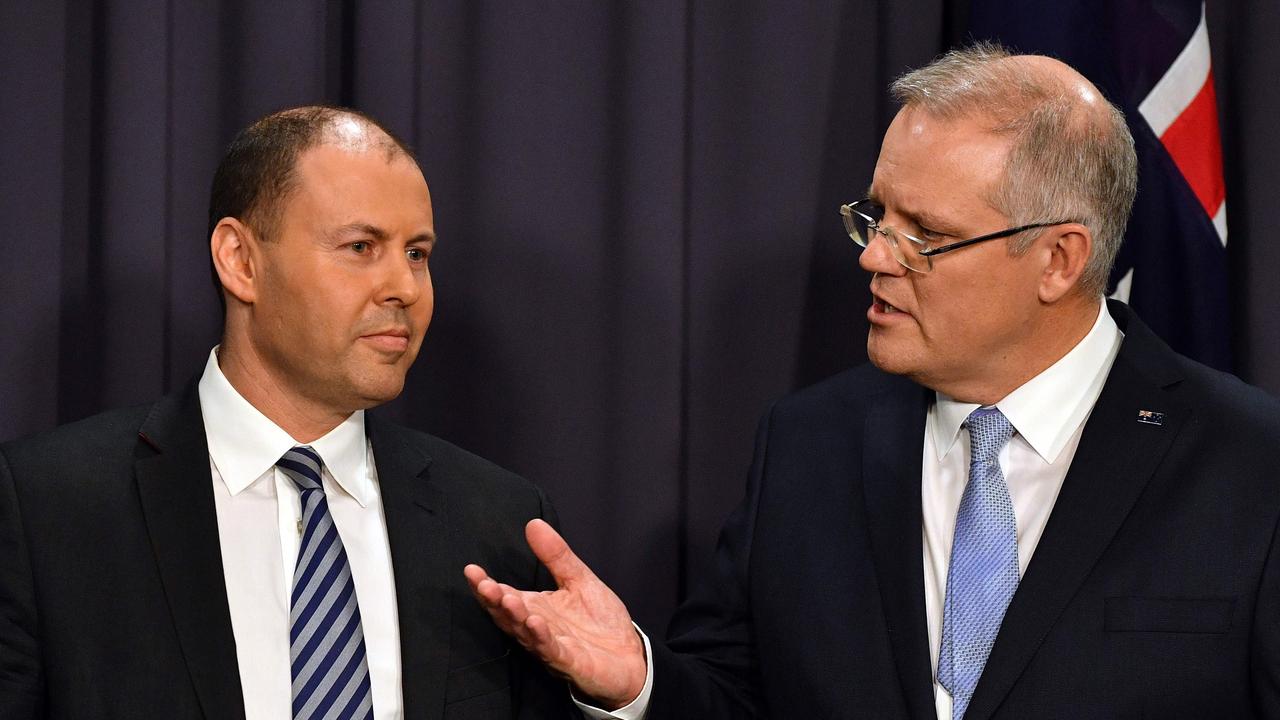Federal budget 2018: Aged to stay in homes longer
Older Australians can stay in their homes longer but the budget contains a sting in the tail for those going into nursing homes.

Older Australians will be able to stay in their homes longer after the federal government committed to expanding its home-care program by 14,000 places, but the budget contains a sting in the tail for those going into nursing homes, who will likely pick up the cost of a decision to force providers into retrospectively guaranteeing bonds.
The government has long guaranteed the pool of residential bonds paid by people when they move into an aged-care home (the current pool is worth about $23 billion) but a small item in the budget reveals they will soon begin charging aged-care providers.
The bond levy would be collected from each and every residential care provider in the sector if bond defaults hit more than $3 million in a single year. If there are $10m worth of bond defaults, for example, the government will levy the same amount from providers by proportion of the places for which they are funded.
That cost, though it is targeted at providers, would likely be passed on to residents.
The medley of programs and reforms in the budget include a signal the federal government will rewrite the aged-care system by pulling block-funding from providers and giving it directly to people in need of residential aged care.
In a move that will sting aged-care providers, the federal government has also begun steps to push some of the risk of guaranteeing residential bonds back on to care organisations through a new levy.
The headline spending is $5bn over five years, which covers $1.6bn for 14,000 new home-care packages, just a fraction of the 105,000 people already waiting on a national priority list, and more than $100m for mental health support, 80 per cent of which will go to people living in nursing homes.
A further 13,500 places for people in nursing homes, rather than their own homes, has been funded alongside 775 short-term “restorative care” places for people coming out of hospital.
Capital works worth $60m — most of this in the bush — will be funded to help make these places a reality, as there is often a delay in providers being funded for residents and having that place become physically available.
The strongest hints at reform, however, are contained in a few blink-and-you’ll-miss-it items.
The government has allocated $300,000 to conduct an “analysis” of the impact of unshackling residential aged care funding from providers and giving it straight to people who need the beds.
This would take the bricks-and-mortar aged care industry down the same path as the National Disability Insurance Scheme, where some providers have struggled with the threat of financial ruin, being forced out of the market or merging to form behemoths.
This was a recommendation of the legislated Tune Review, which reported last year and which would, if implemented, do away with the Aged Care Approvals Round where the government calculates total funding for each provider based on a cumulative pool of “operational places”.
An aspirational goal of that review, to remove all government caps on supply of aged care places, does not automatically follow, however, and isn’t likely for years.
A series of scandals in the aged care sector prompted the government to announce the creation of a $253m Aged Care Quality and Safety Commission from January next year and to make another $32.6m available for more spot checks to “better identify risks and respond more quickly to care failures”.







To join the conversation, please log in. Don't have an account? Register
Join the conversation, you are commenting as Logout